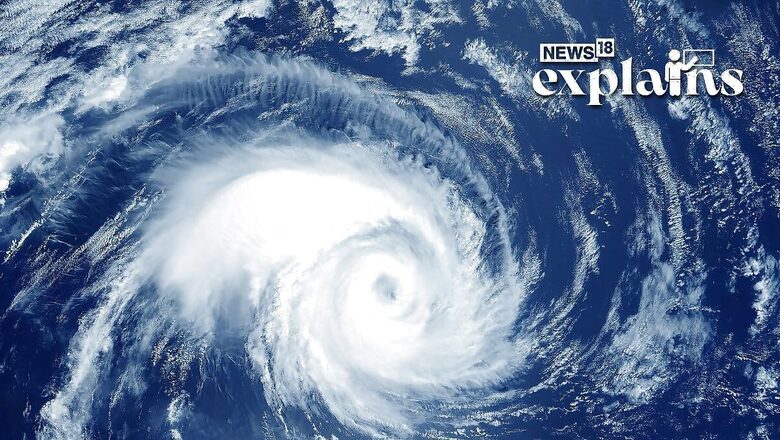
views
According to the Indian Meteorological Department, Cyclone Mocha, which is building over the Bay of Bengal, might intensify into a very severe storm by Friday, May 12, with wind gusts reaching 130 kmph.
On May 9, the cyclone is expected to intensify into a depression, then becoming Cyclone Mocha on May 10. The storm is forecast to approach the shores of Bangladesh and Myanmar around May 12, according to the weather service.
Amid the development, let’s understand how Cyclone Mocha was named:
How Was Cyclone Mocha Named?
The Cyclone Mocha (Mokha) was named after the Red Sea port city that is credited with introducing coffee to the world over 500 years ago. It was suggested by Yemen.
Notably, Cyclones are named according to regional regulations.
Why Are Cyclones Given Their Names?
According to the World Meteorological Organisation (WMO), an agency under the United Nations, there can be more than one cyclone at a time in a particular geographical location or around the globe and the systems can last for a week or more.
Therefore, each tropical storm is given a name to avoid confusion, facilitating disaster risk awareness, management and mitigation.
What Things are Kept in Mind Before Naming a Cyclone?
Short and easy-to-pronounce names are helpful in rapidly and effectively disseminating detailed storm information between hundreds of scattered stations, coastal bases and ships at sea. It is less subject to error than the older and more cumbersome latitude-longitude identification methods.
Since 1953, Atlantic tropical storms have been named from lists prepared by the National Hurricane Center in the US.
In the beginning, storms were named arbitrarily. From the mid-1900’s, feminine names were started to be used for storms. Meteorologists decided later to name storms from a list for a more organised and efficient system, the WMO stated in its website.
Centres Assigned for Name-giving
There are six Regional Specialised Meteorological Centres (RSMCs) worldwide and five regional Tropical Cyclone Warning Centres, which are mandated for issuing advisories and naming of cyclonic storms. The India Meteorological Department (IMD) is one of the RSMCs and is tasked with giving a title to a cyclone that forms over the northern Indian Ocean when they have reached a maximum sustained surface wind speed of 62 kmph or more.
Giving Names to Cyclones ‘Near’ India
The naming of cyclones in the Bay of Bengal and Arabian Sea started in September 2004. The IMD provides cyclone and storm surge advisories to 13 countries across the north Indian Ocean. The list is arranged according to the names, given by alphabetically-arranged counties, that are neutral to gender, politics, religious beliefs and cultures. It is used sequentially, column wise.
Some Other Points To Note
The designation should not be present in the existing list of the six RSMCs. The name of a storm from the South China Sea that crosses Thailand and emerges into the Bay of Bengal will not be changed. Once a name is used, it will not be repeated again. The word, which can have a maximum of eight letters, should not be offensive to any member country or hurt the sentiments of any group of population.
In 2020, a new list was released with 169 names, including 13 names each from 13 countries. Earlier, eight countries had given 64 designations. Names from India that have been used include Gati (speed), Megh (cloud), Akash (sky). Other designations that have been used earlier included Ogni, Helen and Fani from Bangladesh; and Laila, Nargis and Bulbul from Pakistan.
Read all the Latest Explainers here




















Comments
0 comment